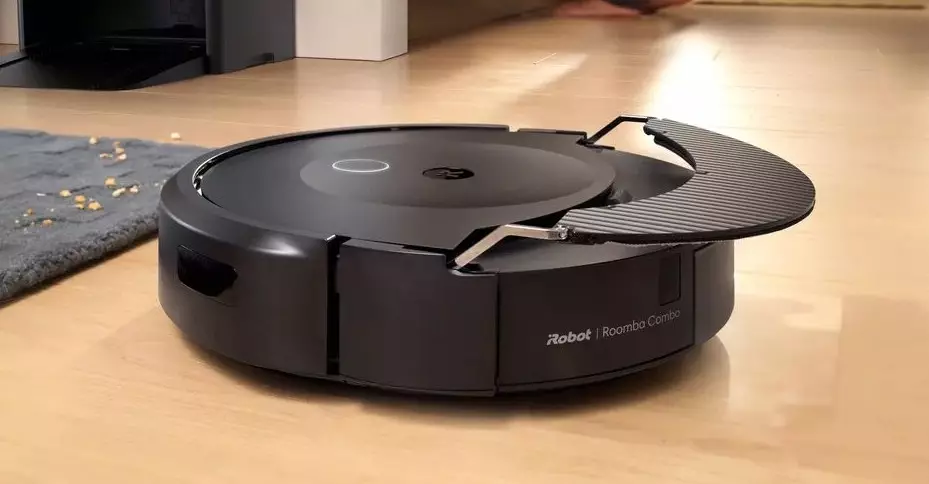The unveiling of Apple’s iOS 18.4 signals a defining moment for smart home technology, particularly for robot vacuum users eager to streamline their cleaning tasks. With this latest software release, Apple is diving deep into the Matter ecosystem—a unified protocol designed to enable seamless interoperability among smart devices. But what does this mean for everyday consumers? Simply put, it empowers users with unparalleled flexibility and convenience in managing their home cleaning appliances, all from the comfort of their Apple devices.
From Monday’s release, users of popular models from brands like Roborock, iRobot, and Ecovacs can integrate their robot vacuums into the Apple Home ecosystem. This shift, rooted in Apple’s commitment to enhancing its smart home capabilities, allows users to not only control their devices but also automate cleaning tasks alongside other compatible gadgets.
Breaking Down Updates: Who’s Leading the Charge?
Leading the revolution are manufacturers like Roborock, iRobot, and Ecovacs, who are rolling out firmware updates to ensure their robotic vacuums align perfectly with iOS 18.4. Roborock’s press release highlights its firmware update aimed at enhancing Matter protocol across an array of its premium models. These updates target notable models such as the S8 MaxV Ultra and various Qrevo devices, which will benefit from improved connectivity and functionality.
In contrast, iRobot is guaranteeing that its Roomba Combo 10 Max will be the first compliant model, seamlessly integrating into the Apple Home system. This opens the door for users to engage with their devices through simple commands—initiating cleanings, halting processes, or designating specific rooms—using their iPhones or even Siri.
Ecovacs is not lagging behind, either. Their firmware updates will start streaming out for models like the Deebot X2 and X8, further embedding compatibility with Apple’s system. This collective push from these key players indicates a robust commitment to enhancing user experience through the unifying capabilities of Matter.
The Promise and Limitations of Matter
While the integration of Matter protocol presents exciting possibilities, it’s essential to acknowledge its current limitations. At the forefront, Matter enables basic functionality such as powering vacuums on and off or switching modes between cleaning and mopping. However, more sophisticated features—think mapping capabilities or setting precise no-go zones—may still be locked behind proprietary apps from each manufacturer.
This limitation raises questions about long-term user satisfaction. Will consumers feel hamstrung by the inability to fully utilize their robot vacuums’ capabilities through Apple’s interface? Or can Apple and these manufacturers find innovative ways to bridge the feature gap, ultimately creating a more cohesive user experience?
The Bigger Picture: Smart Homes Going Forward
The push toward Matter compliance symbolizes a broader trend in the tech landscape. As smart home devices proliferate, the complexities of compatibility can create barriers for consumers, leading to frustration and diminished engagement with their devices. By fostering an ecosystem where varied brands work seamlessly together, we enter a new era of simplicity and efficiency in home automation.
With iOS 18.4, the message is clear: Apple is stepping up to play a pivotal role in transforming daily chores into effortless routines. Combining user convenience with cross-platform collaboration is not just wishful thinking; it’s becoming a tangible reality thanks to the advancements embodied in these firmware updates.
Smart home enthusiasts should, therefore, keep a keen eye on how this ecosystem evolves. The opening of doors for brand collaboration may usher in enhanced features and user experiences that we can only begin to imagine. As the tech landscape evolves, iOS 18.4 marks an essential milestone, highlighting that effective integration, rather than isolated innovation, will define the future of smart living.

